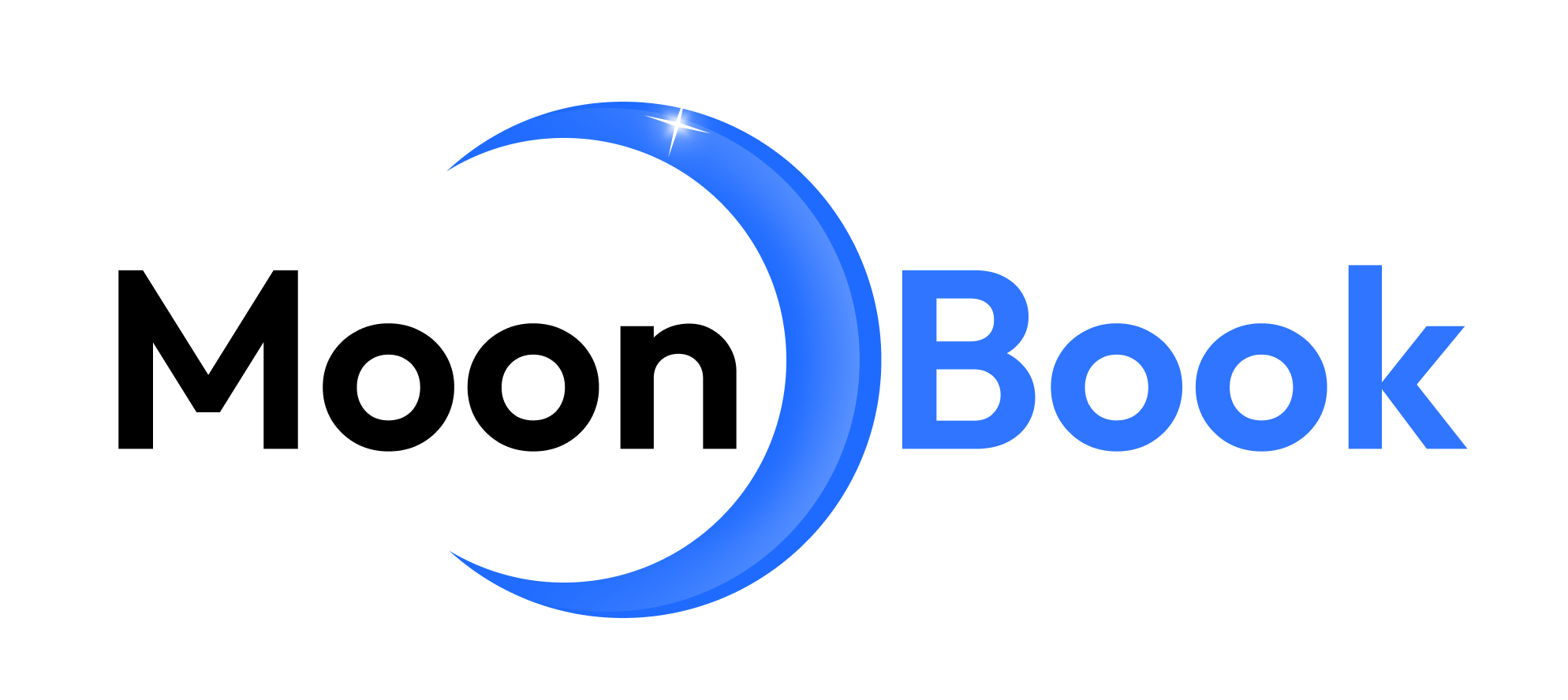The Robotic Pharmacy Assistant Market is witnessing remarkable momentum as healthcare facilities increasingly adopt automation to enhance medication dispensing accuracy, efficiency, and patient safety. This innovative technology is revolutionizing pharmacy operations by minimizing human error, streamlining workflows, and freeing up pharmacists to focus on patient care.
Advancements in robotics, artificial intelligence, and machine learning are driving transformative changes in pharmacy automation systems. From large-scale hospital pharmacies to retail outlets, robotic assistants are improving prescription handling, inventory management, and operational speed, ultimately elevating service quality.
With rising global healthcare demands, these systems are gaining traction as cost-effective solutions to manage high prescription volumes, reduce labor costs, and meet stringent regulatory compliance requirements. The market outlook suggests strong, sustained growth driven by technological integration and increasing acceptance in both developed and emerging markets.
Request a Sample Report: https://researchintelo.com/request-sample/8046
Market Overview and Growth Drivers
The Robotic Pharmacy Assistant Market is expected to witness substantial expansion over the forecast period, supported by a growing need for precision in drug dispensing and increasing automation adoption across healthcare facilities.
Key growth drivers include:
-
Rising demand for operational efficiency: Automated systems reduce prescription filling times and minimize human intervention.
-
Growing focus on patient safety: Robotic accuracy helps prevent medication errors.
-
Labor shortages in healthcare: Automation fills critical staffing gaps in pharmacies.
Global healthcare expenditure is projected to rise significantly, creating favorable conditions for robotic integration. Hospitals, retail pharmacies, and clinics are increasingly turning to automated solutions to meet these demands efficiently.
Restraints Hindering Market Growth
Despite the promising outlook, several factors could restrain market expansion. High initial investment costs remain a major barrier, particularly for small-scale pharmacies and clinics. Additionally, integration complexities with existing IT infrastructure can delay adoption.
Other challenges include:
-
Maintenance and technical expertise requirements
-
Resistance to technological change among pharmacy staff
-
Data privacy and regulatory compliance concerns in automated prescription handling
However, advancements in cost-efficient robotics and increased vendor support are gradually addressing these limitations.
Emerging Opportunities in the Market
The Robotic Pharmacy Assistant Market is ripe with opportunities driven by ongoing innovation and expanding healthcare infrastructure worldwide.
Prominent opportunities include:
-
AI-driven personalization: Smart robotic systems can tailor medication dispensing based on patient history.
-
Integration with telepharmacy services: Enabling remote prescription fulfillment.
-
Expansion in emerging economies: Growing healthcare investments in Asia-Pacific, Latin America, and the Middle East.
Furthermore, the rise of e-pharmacies is expected to accelerate the demand for robotic assistants capable of managing large-scale, high-speed prescription orders efficiently.
View Full Report: https://researchintelo.com/report/robotic-pharmacy-assistant-market
Market Dynamics and Technological Advancements
The competitive landscape is defined by continuous technological advancements in hardware, software, and AI algorithms. The integration of real-time analytics, predictive inventory management, and cloud-based connectivity is reshaping pharmacy workflows.
These innovations not only improve speed and accuracy but also provide valuable data insights for better resource allocation and forecasting. The convergence of robotic systems with the Internet of Things (IoT) further enhances tracking, monitoring, and maintenance efficiency.
The growing adoption of fully automated central fill pharmacy systems also plays a crucial role in scaling operations and handling surges in prescription demand without sacrificing quality.
Global Insights and Regional Outlook
North America currently dominates the Robotic Pharmacy Assistant Market, driven by advanced healthcare infrastructure, high adoption rates of automation, and strong regulatory frameworks supporting technology integration.
Europe follows closely, benefiting from increasing government initiatives to modernize healthcare services. Meanwhile, Asia-Pacific is emerging as the fastest-growing region due to expanding hospital networks, rising healthcare expenditure, and rapid urbanization.
Key regional trends include:
-
North America: High penetration in hospital chains and retail pharmacy networks.
-
Europe: Strong emphasis on reducing healthcare costs through automation.
-
Asia-Pacific: Significant untapped potential in emerging economies.
Future Growth Trends
Industry experts forecast steady market growth through 2032, driven by rising automation adoption across healthcare systems worldwide. Technological advancements in AI-powered drug dispensing, machine vision for medication verification, and automated compounding systems are expected to define the future landscape.
As healthcare facilities seek to enhance operational efficiency while maintaining patient-centric services, robotic pharmacy assistants are set to become indispensable. The continued shift toward smart healthcare ecosystems will further accelerate adoption rates globally.
Enquire Before Buying: https://researchintelo.com/request-for-customization/8046
Conclusion
The Robotic Pharmacy Assistant Market presents a transformative opportunity for the healthcare sector, combining precision, efficiency, and safety in medication management. While high initial costs and technical complexities pose challenges, the long-term benefits and cost savings outweigh these barriers.
With robust growth drivers, expanding opportunities in emerging markets, and continuous technological innovations, this market is on track for sustained success. Stakeholders who invest in automation early will be well-positioned to lead in the evolving healthcare landscape.
Check Out the Report: https://researchintelo.com/checkout/8046



